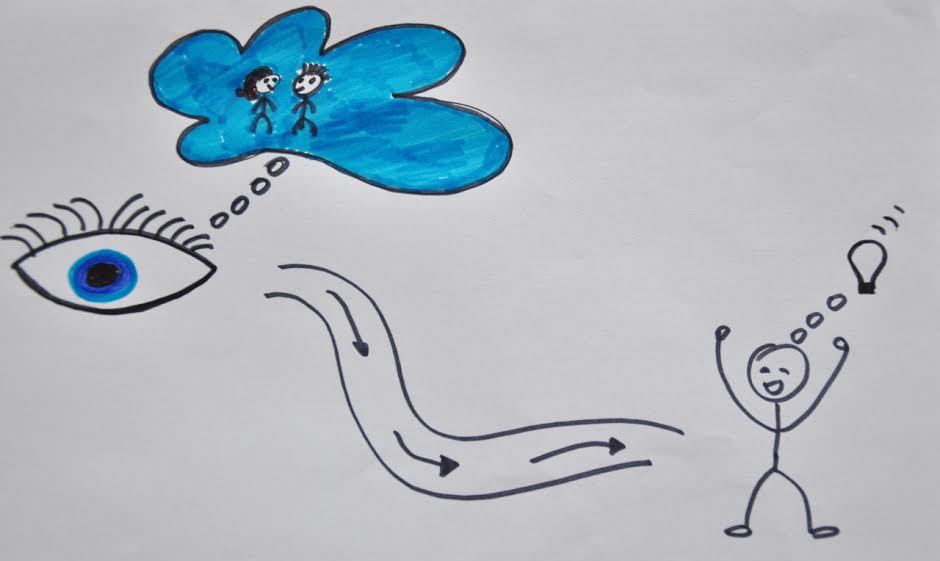The mental activity of man is multifaceted. After all, each of us has to face a variety of tasks that require their own, special approach. Figurative thinking is directly related to a person’s perception of objects of the real world. It occurs in close interaction with other mental processes - memory, attention, imagination.
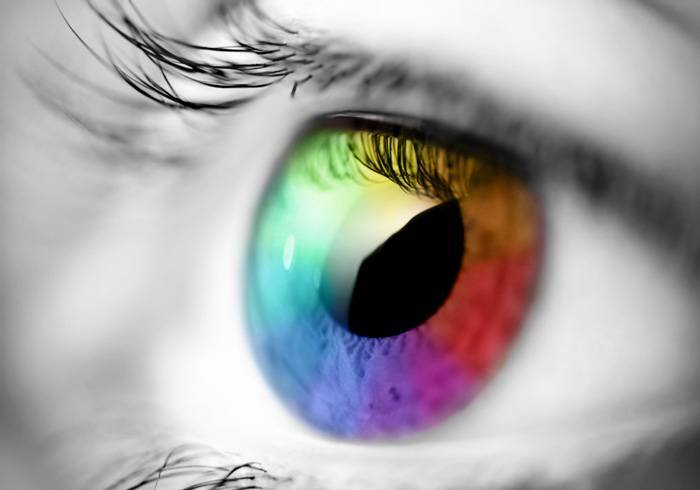
Does everyone have the ability to think figuratively?
The development of imaginative thinking interests many, but there are adults who are not confident in their abilities. It must be understood that in human thinking some processes are carried out visually. Sometimes a person realizes that he operates with his past perceptions, their memories, as real objects. To evaluate this feature, you can answer the following three questions:
- What material were your favorite shoes made of when you were 15? What were they to the touch?
- How many windows does your grandmother (your grandfather, second cousin) have in your village house?
- What will the Latin letter S look like if it is “mirrored” in the opposite direction?
Usually people who answer the first of these questions imagine shoes that they wore as a teenager, with a mental eye, “touching” their surface. As for the second question, usually a person extracts from his memory the image of this house, “walks around” it, counting the windows. As for the letter S, usually in the process of mentally “mirroring” it, a person mentally rotates it and “looks” at the result. These examples show that the same mental processes are involved in the process of reproducing images.
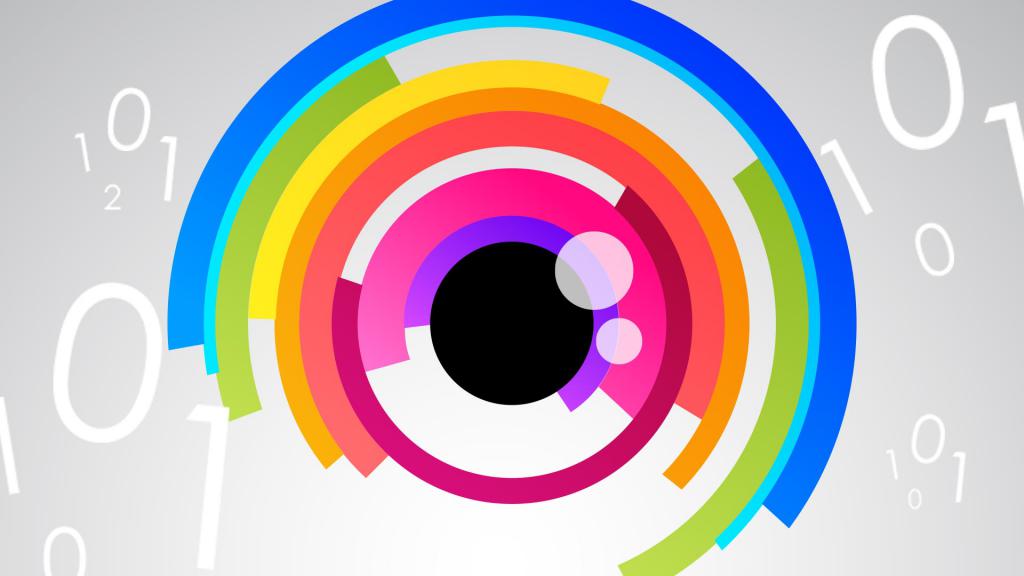
Creative thinking in preschool children
Visual-figurative thinking is the main type of thinking in a child at preschool age. It is with his help that the baby performs most operations. By the time the child enters this period of development, he is able to perform only those tasks that can be done with the help of tools or pens. Such actions are aimed at achieving an immediate result. In the process of development of the child, his actions become more and more complex. There are tasks of a different type in which the result of the baby’s activity will not be direct, but will have an indirect character. The simplest example is tossing a ball against a wall. The ball is thrown so that the child then catches it again. The same tasks in which the result of actions is indirect include a game with a designer, mechanical toys, etc.
The development of visual-figurative thinking in children is an important task. Indeed, in order to solve complicated tasks, one cannot do without the ability to manage images. Also, this type of thinking teaches the child to respond to images presented by the outside world. Therefore, for a preschooler, the development of imaginative thinking is the key to successful learning in elementary grades. In the middle preschool age, children learn to hold in their imagination images of various objects, to fix patterns. For example, a cucumber is associated with an oval shape, a square with a table surface shape.

Simple ways to develop imagination in preschool children
The simplest methods for the development of visual-figurative thinking in preschool children are:
- Watching beautiful landscapes.
- Excursions to various art exhibitions.
- Travels in which the parent will tell in detail about the natural monument.
- Puzzles of various difficulty levels.
- Making crafts from colored cardboard, applications.
- Drawing using both a leading and an ignorant hand.
Origami
Very popular with parents and teachers is the manufacture of paper figures. This requires only a few items - cardboard, paper, scissors. As a rule, young children are not very interested in the complex process of folding paper until they see the result. Therefore, it is good for an adult to demonstrate the “miracles” of this type of crafts.

Plasticine modeling
This is one of the easiest and most fun ways to develop imaginative thinking for babies. Modeling allows you to develop not only imagination, but also fine motor skills. Even if the baby will have the simplest products - "koloboks", "carrots", "balls", the most important thing is that the lesson is of interest to him. Plasticine should be soft, plastic. You can replace this material with polymer clay or offer your child a modeling of salt dough.
Creative thinking. Junior School
Getting older, the child gradually ceases to rely on visual images in his thinking. The possibilities of thinking are becoming wider, the baby is learning to give ever wider characteristics to objects. He learns to operate with different images in his memory, transform them - for example, connect objects and share them in his imagination. Various games contribute to the development of logical and imaginative thinking:
- Board games (e.g. dominoes, lotto). Special puzzles can cause interest in the baby.
- Reading various children's books, colorful magazines with interesting descriptions, encyclopedias.
- Creative work: drawing, macrame, creating applications. The development of imaginative thinking in schoolchildren is also helped by modeling.
- Watch cartoons and films about the world.
- Family holidays, travel.
- Walk outdoors.
The game "What does it look like?"
A good exercise for the development of visual-figurative thinking of preschoolers is the game "What does it look like?" It allows the child to learn original and creative approach to solving problems. The task is that for each picture (circle, square, triangle, spiral, or abstract drawing) you need to come up with as many associations as possible. This exercise is good to carry out in a group of children. This game is well conducive to the development of imaginative thinking in younger students.

Why imaginative thinking is necessary for an adult
Developed imaginative thinking is necessary in many professions - for example, designers cannot do without it. The phrase “draw me something bright and memorable” should not perplex the employee; on the contrary, these words should be a catalyst for mental activity. Working on imaginative thinking helps develop analytical skills. Exercises to develop such skills will be useful not only for workers in creative professions, but also for all those who would like to broaden their horizons.

Figurative thinking: how to develop an adult
Before starting the exercises, an adult needs to believe in himself, throw away the idea that he does not have a well-developed sense of humor, creative vein, imagination. Everyone has all these abilities - simply, most likely, they turned out to be at the "backyard" of consciousness.
Direct evidence that every person has imagination is the ability to evoke visual images in memory. Everyone remembers what his parent, girlfriend or boyfriend looks like. A person is also able to describe the features of the nearest metro station or his favorite place in the city. You do not need to engage in exercises for the development of imaginative thinking for a long time in order to restore the small details of your favorite places in your memory, to remember how the houses and streets of your native city look. So, you can make an imaginary "journey" in time and again be captured by vivid memories.Therefore, you only have to work hard to expand the space of your imagination.
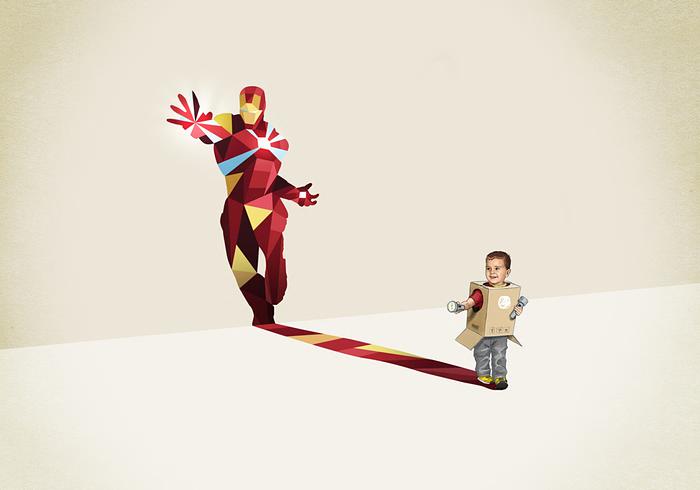
Fantasy binomial
A good way to develop imaginative thinking is an exercise called the “Bean of Fantasy”. Its author is the famous storyteller Gianni Rodari. I must say that the technique is suitable for both an adult and a child. The writer explains: ordinary associations do not develop imagination. For example, the phrase "horse - dog" does not give room for imagination, being just a mention of animals from one semantic series.
The way Gianni Rodari promotes the development of artistic-figurative thinking. The “fantasy binom" should ideally be determined by chance. For example, you can open a book (or different books) at random on different pages. You can combine two passages of phrases from ads.
Storyteller experiment
Gianni Rodari recalls how in the lesson he experimented with children with the randomly chosen word “closet”. Separately taken, it could hardly cause any emotions - no one would either laugh or cry, thinking about the closet. However, if you connect the concept of “closet” with the concept of “dog”, then everything becomes completely different. The easiest way to link these two images together is to use prepositions. For example, “dog in the closet”, “dog in the closet”. Then the imagination will tell you different images - it could be a dog running with its own booth on its back along the street. Or a dog that has a personal closet with different outfits.

Other methods
A few more ways to develop imaginative thinking:
- Work with Drudle - scribbles with many meanings that need to be described. Such pictures in their appearance resemble scribbles that a person draws while talking on the phone or listening to a boring lecture. However, the drudle has one feature - its creators initially lay the meaning in it. In the picture below you can see the Drudle, which contribute to the development of imaginative thinking.
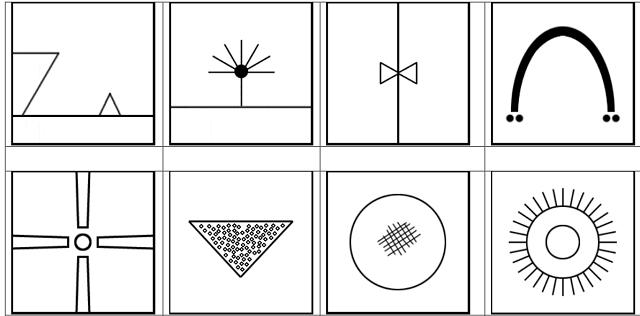
- Another way is to try to reproduce in your imagination the objects you just saw. A game called “Matches” helps a lot. To conduct it, you need to throw five matches on the table, look at them, turn away, and at the other end of the table depict their location with the other five matches. At first it may not work out, but practice will bring results over time. Each time you need to try to spend less time playing. When it starts to work out, the number of matches can be increased.
- You can also come up with new features to familiar subjects. For example, in the usual lace or nylon tights, you can dry the onion, use it as a decorating element for the decor of flower pots, make dolls from them.
- Another good way is to select epithets and anti-epithets for the word. To complete this exercise, you need to write out any word in the center of the sheet of paper, on the right side - those definitions that suit him. On the left - to place words that cannot be used in any way with this subject or phenomenon. As an example, consider the word "man." A person can be free, intelligent, rich, thin, advanced, etc. Definitions that do not fit this word - ancient, refractory, liquid, pointed.
- You can try to reproduce the last meeting with friends or colleagues. In the process of remembering, you must try to remember: how many people were in the company? What was they wearing? What dishes were on the table? What was the conversation about, what topics were discussed? What experiences accompanied this meeting?
These exercises can be converted at your discretion. The main thing in them is that these methods involve figurative thinking. The more often the exercises are performed, the more this property of the psyche will develop.
